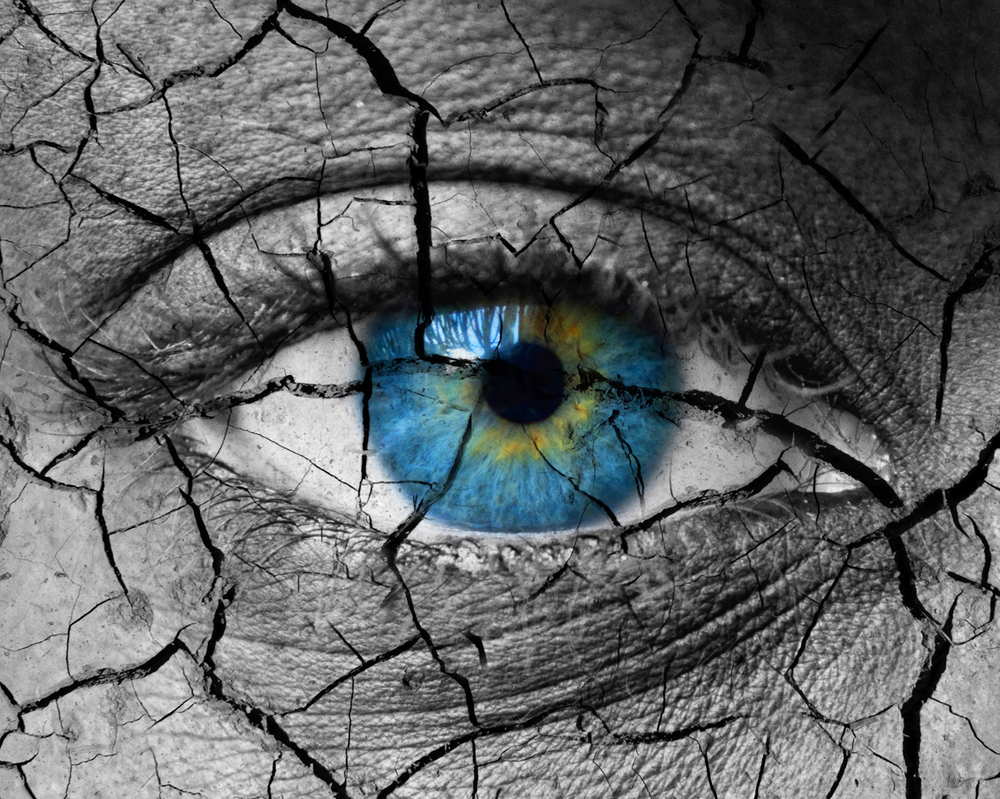
Dry eye is a condition that occurs when your eyes do not produce enough tears or when the tears evaporate too quickly. Tears are essential for maintaining the health of your eyes by providing lubrication, reducing the risk of infection, and keeping the surface of your eyes smooth and clear. When you have dry eye, you may experience discomfort, irritation, and even blurry vision.
What Causes Dry Eye?
There are several factors that can contribute to the development of dry eye. Environmental conditions, such as dry or windy climates, can increase the rate at which tears evaporate, leading to dry eye. Prolonged screen time and exposure to air conditioning or heating can also exacerbate the symptoms of dry eye.
Certain medications, such as antihistamines, decongestants, and antidepressants, can reduce tear production and cause dry eye. Hormonal changes, such as those that occur during pregnancy or menopause, can also affect the production of tears and lead to dry eye.
As we age, our bodies produce fewer tears, making dry eye more common in older adults. Other underlying health conditions, such as rheumatoid arthritis, Sjögren's syndrome, and diabetes, can also contribute to the development of dry eye. Understanding the underlying causes of dry eye is crucial in order to identify and address the root cause of the condition.
Common Symptoms of Dry Eye
Dry eye can cause a range of uncomfortable symptoms that can vary in severity from person to person. Common symptoms of dry eye include:
- Dryness and irritation: Your eyes may feel dry, gritty, or irritated, as if there is a foreign object in your eye.
- Burning or stinging: You may experience a burning or stinging sensation in your eyes, which can be particularly noticeable when exposed to wind or smoke.
- Watery eyes: Dry eye can also cause your eyes to produce excessive tears as a result of the irritation and inflammation.
- Redness: Dry eye can cause the blood vessels on the surface of your eyes to become more prominent, leading to redness.
- Blurry vision: Your vision may become blurry, particularly when reading or using digital devices for an extended period of time.
- Sensitivity to light: Dry eye can make your eyes more sensitive to light, causing discomfort in bright environments.
If you are experiencing any of these symptoms, it is important to consult with an optometrist for a proper diagnosis and treatment plan.
Lifestyle Changes to Manage Dry Eye
In addition to medical treatments, there are several lifestyle changes you can make to help manage the symptoms of dry eye:
- Use a humidifier: Adding moisture to the air can help alleviate dryness and irritation. Consider using a humidifier, particularly in dry or heated environments.
- Take breaks from screens: If you spend a significant amount of time in front of a computer or other digital devices, make sure to take regular breaks to rest your eyes and reduce eye strain.
- Stay hydrated: Proper hydration is important for overall eye health. Drink plenty of water throughout the day to help maintain adequate tear production.
By incorporating these lifestyle changes into your daily routine, you can help manage the symptoms of dry eye and improve the overall health of your eyes.
Dry Eye Treatment Options
There are several treatment options available for dry eye, depending on the severity of your symptoms and the underlying cause of the condition. These treatments aim to increase tear production, reduce tear evaporation, and alleviate the symptoms of dry eye.
- Artificial tears: Over-the-counter artificial tear drops can provide temporary relief for mild to moderate dry eye by lubricating the eyes and reducing dryness.
- Prescription medications: In more severe cases of dry eye, your eye care professional may prescribe medications such as cyclosporine or lifitegrast, which can help reduce inflammation and increase tear production.
- Punctal plugs: These tiny silicone or gel plugs can be inserted into the tear ducts to block the drainage of tears, keeping the eyes more lubricated.
- OptiLight: This is an innovative treatment option for dry eye that offers long-lasting relief from the symptoms of dry eye. This breakthrough technology uses a combination of light therapy and targeted heat to improve the function of the meibomian glands and promote tear production.
It is important to consult with an optometrist to determine the most appropriate treatment option for your specific situation.
Alleviate Your Dry Eye Symptoms with the Help of Eye To Eye Optometry
Dry eye is a common condition that can cause discomfort and affect your quality of life. Understanding the causes and symptoms of dry eye is essential in order to effectively manage this condition.
If you are experiencing symptoms of dry eye, schedule a consultation with our optometrist to discover if OptiLight is the right solution for you. Visit Eye to Eye Optometry at our office in Antioch, California, or call (925) 757-7676 to book an appointment today.









